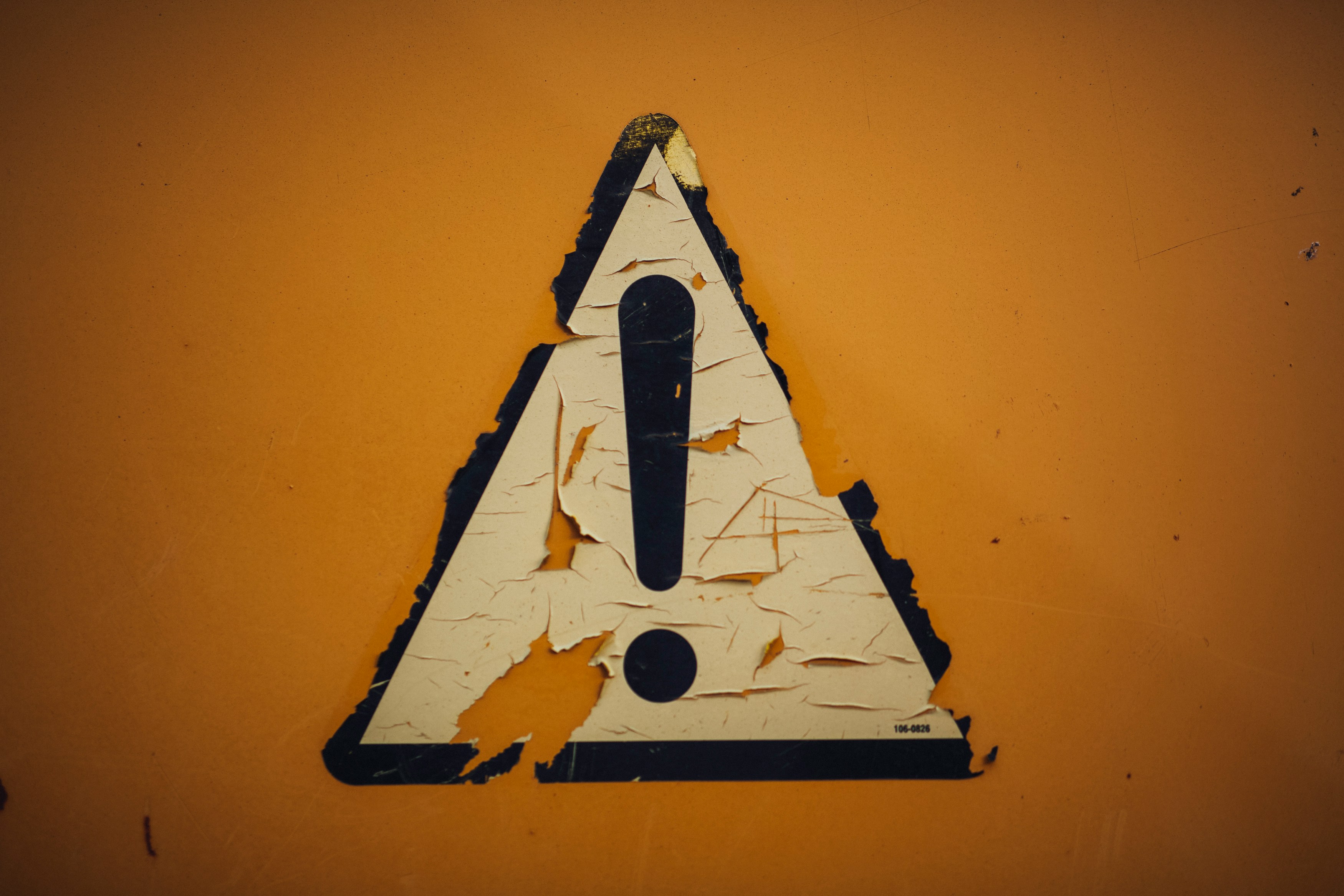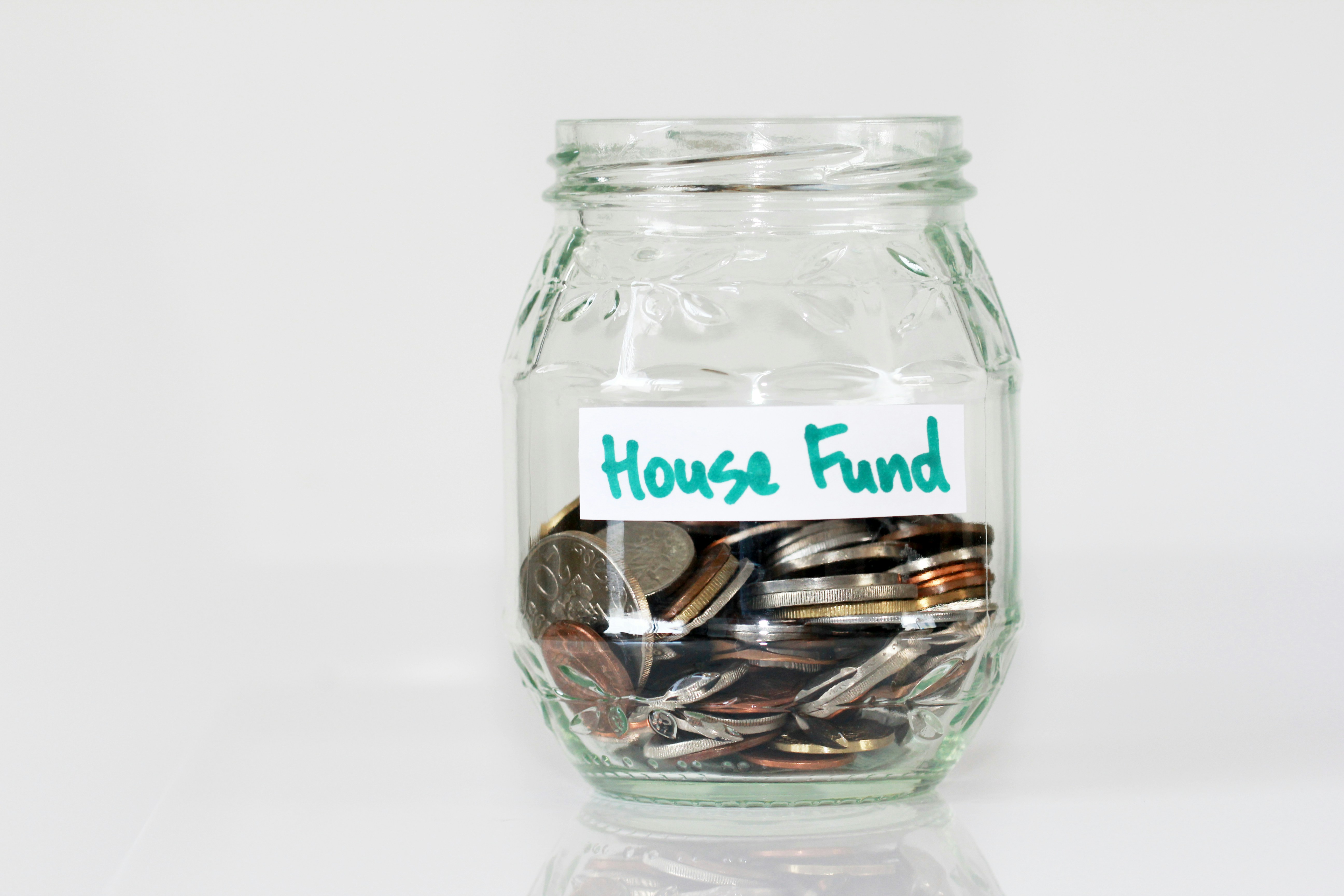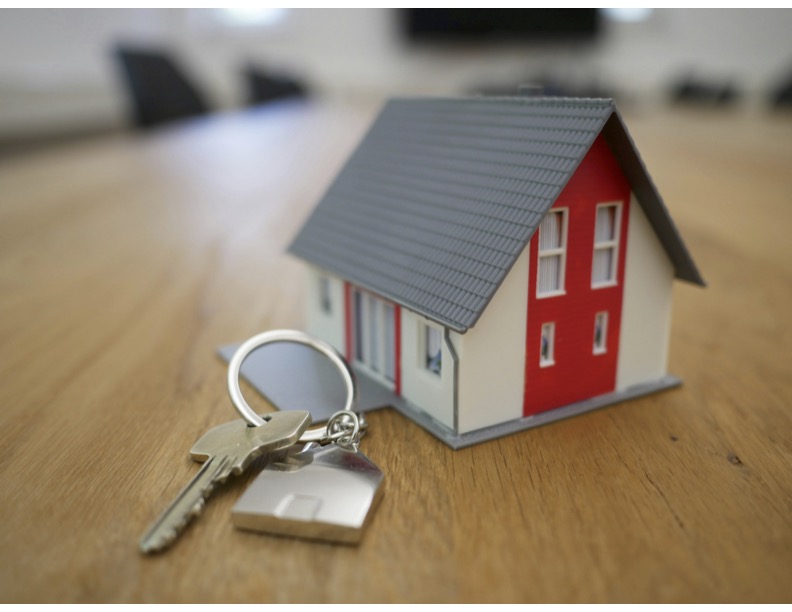How the VA Home Loan Works (Beginner's Guide)
When I first started thinking about buying a house during my military service, the whole process felt overwhelming. Mortgage terms, down payments, credit scores — it was like learning a foreign language. But here's the thing: the VA home loan is one of the most powerful benefits available to service members, and understanding how it works can literally save you tens of thousands of dollars over the life of your loan.
Let me walk you through everything you need to know about VA home loans, especially if you're an enlisted service member trying to figure out this whole homeownership thing for the first time.

What Exactly Is a VA Home Loan?
The VA home loan program was created in 1944 as part of the original GI Bill. It's designed to help veterans, active-duty service members, and eligible surviving spouses become homeowners. Unlike conventional loans, VA loans are backed by the Department of Veterans Affairs, which means lenders take on less risk when they approve your loan.
This government backing is what makes VA loans so special. Because the VA guarantees a portion of your loan, lenders are willing to offer better terms than you'd typically get with a conventional mortgage. We're talking about some serious advantages here.
The Big Benefits That Make VA Loans Incredible
No Down Payment Required
This is the game-changer. Most conventional loans require you to put down at least 3-5%, and for a $300,000 house, that's $9,000 to $15,000 you need upfront. With a VA loan? Zero. Zilch. You can buy a house with $0 down.
Now, just because you can doesn't always mean you should — we'll get into that later — but having this option is huge, especially for younger enlisted members who haven't had time to build up massive savings accounts.

No Private Mortgage Insurance (PMI)
On conventional loans, if you put down less than 20%, you're stuck paying PMI, which can cost you $100-300 per month depending on your loan amount. That's $1,200-$3,600 per year in additional costs. VA loans don't require PMI, ever. That's real money back in your pocket every single month.
Competitive Interest Rates
VA loans typically offer interest rates that are 0.25% to 0.5% lower than conventional loans. On a 30-year mortgage, even a quarter-point difference can save you thousands over the life of the loan. It's like getting a discount for your service — which, frankly, you've earned.
No Prepayment Penalties
Want to pay off your mortgage early? Go for it. VA loans don't penalize you for paying extra toward your principal or paying off the entire loan ahead of schedule. Some conventional loans will actually charge you for this privilege, which is bonkers when you think about it.
Understanding Mortgage Terms for Enlisted Service Members
Let's break down the key terms you'll encounter when shopping for a VA loan. Trust me, understanding these will make you sound like you know what you're talking about when you meet with lenders.
Principal and Interest
Your monthly mortgage payment consists of several components, but the two biggest are principal and interest. Principal is the amount you borrowed — the actual purchase price minus your down payment. Interest is what the lender charges you for the privilege of borrowing their money.
Here's a reality check: early in your loan, most of your payment goes toward interest. On a $300,000 loan at 7% interest, your first payment might be $250 toward principal and $1,750 toward interest. It's frustrating, but that's how amortization works.

APR (Annual Percentage Rate)
The APR includes not just your interest rate, but also other loan costs like origination fees, discount points, and some closing costs. This gives you a more accurate picture of the total cost of borrowing. Always compare APRs when shopping between lenders, not just interest rates.
Loan Term
Most VA loans are 30-year fixed-rate mortgages, meaning your interest rate stays the same for the entire 30 years. You can also get 15-year loans, which have higher monthly payments but significantly lower total interest costs over the life of the loan.
VA Funding Fee
Here's one cost that VA loans do have: the funding fee. This helps keep the program running and typically ranges from 2.3% to 3.6% of the loan amount, depending on whether it's your first VA loan and if you're putting any money down. The good news? You can roll this fee into your loan amount, so you don't need to pay it upfront.
If you have a service-connected disability rating of 10% or higher, you're exempt from the funding fee entirely. Another reason to get your VA disability rating sorted out early.
Eligibility Requirements: Do You Qualify?
Most active-duty service members, veterans, and eligible surviving spouses can use VA loans, but there are specific service requirements:
For active-duty members: 90 continuous days during wartime or 181 days during peacetime
For veterans: Generally 90 days during wartime or 181 days during peacetime (with some exceptions)
For National Guard and Reserve members: 6 years of service, or 90 days of active duty (including 30 consecutive days)
You'll also need a Certificate of Eligibility (COE) from the VA, which you can apply for online through the VA's website or have your lender request for you.
The VA Loan Process: Step by Step
Getting pre-approved is your first move. This involves a lender reviewing your finances and giving you a letter stating how much they're willing to lend you. For enlisted service members, this process might feel a bit different than it does for civilians because military pay is structured differently.
Your base pay is just part of the equation. Lenders will also consider your Basic Allowance for Housing (BAH) and Basic Allowance for Subsistence (BAS) as part of your qualifying income. If you're receiving special pay like hazardous duty pay or family separation allowance, that can count too.
Here's where understanding mortgage terms for enlisted service members becomes crucial: lenders want to see stable income, and military pay is generally viewed favorably because of its reliability.

Shopping for a House Within Your Means
Just because you qualify for a $400,000 loan doesn't mean you should buy a $400,000 house. The general rule is that your total monthly housing costs shouldn't exceed 25-30% of your take-home pay. This includes your mortgage payment, property taxes, homeowners insurance, and HOA fees if applicable.
Let's say you're an E-5 making about $3,500 per month in base pay, plus BAH. Your total monthly housing costs should probably stay under $1,000-$1,200 to keep your finances comfortable.
Remember, homeownership comes with costs beyond your mortgage payment. You'll need money for maintenance, repairs, and emergencies. That water heater? It's going to break down eventually, and it's going to cost you money when it does.
Common Mistakes to Avoid
Don't skip the home inspection. I don't care how perfect the house looks or how much you love it. Pay the $400-600 for a professional inspection. It could save you thousands down the road.
Don't drain your savings for the down payment if you don't have to. Even though VA loans don't require a down payment, putting some money down can lower your monthly payments and reduce the funding fee. But don't put yourself in a position where you have no emergency fund.
Don't forget about closing costs. While you can roll some costs into your loan, you'll still need money for things like earnest money deposits and moving expenses.
Making Your VA Loan Work for You
Once you understand how VA loans work, you can start making strategic decisions. If you're planning to PCS (Permanent Change of Station) in a few years, you might want to consider whether buying makes sense or if you should rent out the property when you move.
Here's something most people don't know: you can use your VA loan benefit multiple times. If you sell your house and pay off the VA loan, your entitlement gets restored and you can use it again. You can even have multiple VA loans simultaneously under certain circumstances.
The Long-Term Picture
Buying a house with a VA loan isn't just about having a place to live — it's about building wealth. Every month, part of your payment goes toward principal, meaning you're building equity. Over time, your house will likely appreciate in value. Meanwhile, you're getting tax benefits from mortgage interest deductions.
For enlisted service members especially, homeownership can be a crucial step in building long-term financial stability. While your buddies are paying rent that disappears forever, you're building equity that you can tap into later through refinancing or selling.
The bottom line is this: VA loans are an incredible benefit that you've earned through your service. Understanding how they work and using them strategically can set you up for financial success both during your military career and beyond.

.jpg)



